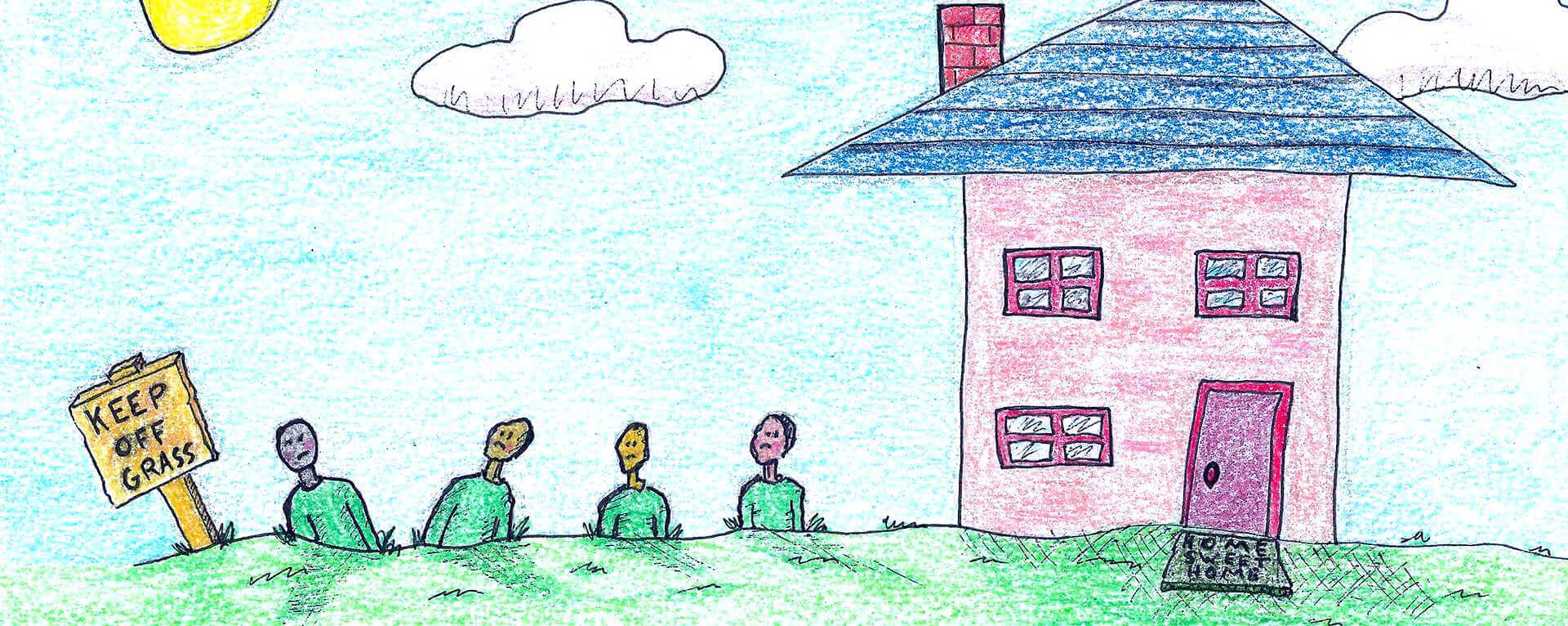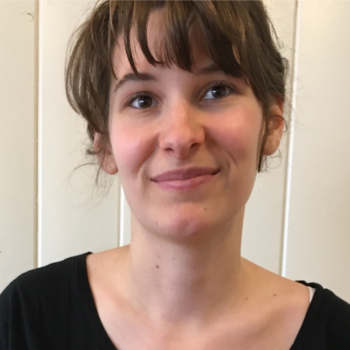I was standing in a long line for the bathroom. Beside me was a girl, about 11, and her mother. The girl’s hair was in a long, high ponytail which her mother started to take out. As she loosened her daughter’s ponytail, the mother said, “I’m going to put your hair in a bun.”
“No, mom,” the girl replied, and reached up to her own hair to pull it away from her mother.
“Yes, I’m going to.” The mother pulled out the girl’s ponytail and put it into a bun, fanning it out over her head and looking at it while the girl stood there with an annoyed, but defeated, look on her face. For the next minute the mother stared at the bun, then she grabbed it and started to take it out.
“Stop,” the girl said, reaching up towards her hair again.
Her mother pushed her hand away. “Stop being a brat,” her mother said to her, and pulled her hair out, redid the bun, and fanned it out again so it was evenly flowing over her head. For the rest of our time in line the mother (mostly) left the girl’s hair alone.
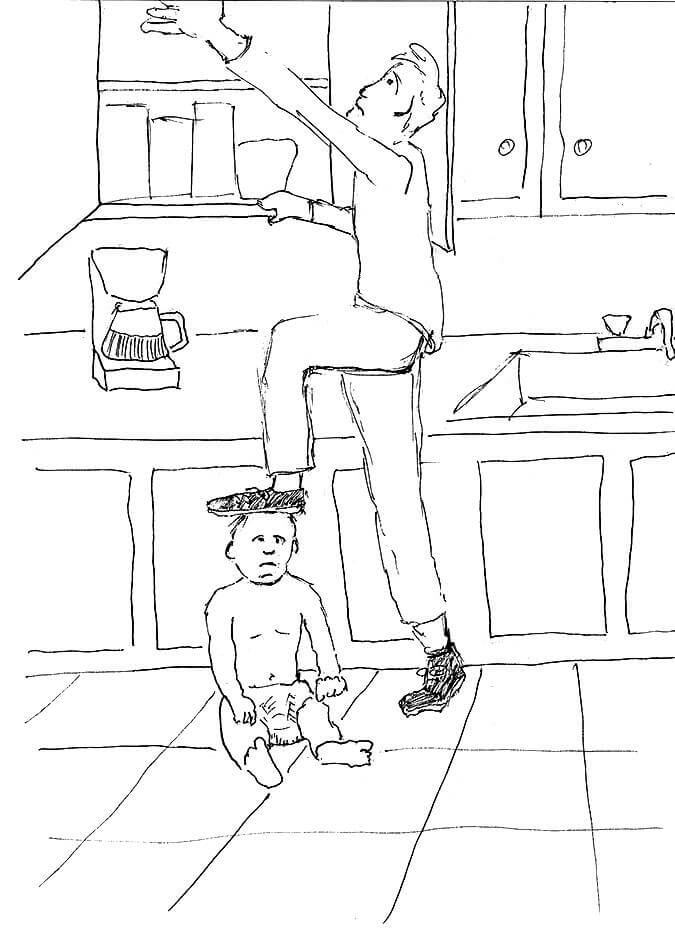
This story could appear insignificant — a girl’s mother was trying to lovingly interact with her, and redo her hair in a way that the mother liked. Bun or ponytail, does it really matter? The girl could have just cooperated, let her loving mother change her hair around, and gone on with her day. But put yourself in this young person’s shoes. If someone, even someone you know and love, even your own parent, was trying to do something to your body or appearance that you repeatedly asked them not to do, and then they told you that you were being a brat for asserting your own boundaries, how would you feel in that situation? I know how I would feel. In contrast, the mother also could have listened to the girl’s repeated requests to stop, left her hair alone, and went on with her day.
This is not an isolated incident. Every day, parents, family members, caretakers, friends, and even strangers across the world seem to consider the appearance and actions of children as theirs to control and dictate. This is incredibly apparent in conventional schools where young people’s actions are controlled down to the decision about when they can use the bathroom. It is also prevalent in families.
Consider another common example. A parent and child are leaving the house of a loved one, let’s say it’s the child’s grandmother, who asks the child for a hug. For whatever reason, the child says no, they do not want to hug right now. “Give your grandmother a hug,” the parent says, because in their mind they are urging the child to show emotional affection towards someone they know the child cares about. But the parent is ignoring the child’s feelings and, inadvertently or not, giving the message that the grandmother’s feelings are more important than the child’s, and that her desire for a hug overrides the child’s desire not to give one. The grandmother’s feelings are as important as the child’s, but not more important. The grandmother could be honest about her feelings, express that she cares about the child, and explain why she wants a hug, all while still being aware and respectful of the child’s feelings and response. Asking the child why they don’t want a hug may give everyone a chance to better understand the child’s feelings. The child may have a reason you don’t expect, or perhaps they do not have a specific reason at the time, which is also legitimate. Again, do you want to give a hug every time someone else asks for one? How do you feel when someone insists on something, even if you have already politely declined? The adult’s feelings are important and should be a part of the conversation, but so are the child’s. We can let a child know how we feel about something while still recognizing their right to say no.
Culture of Consent or Coercion? The implications for taking away a child’s right to say no
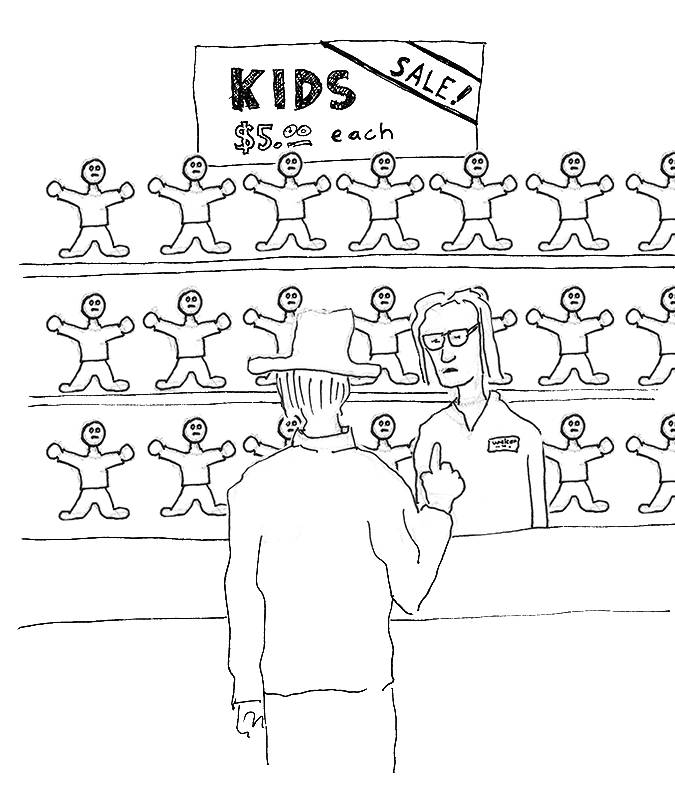
Every time you impose on your child, especially physical affection or contact, and insist that they do something or allow you to do something to them despite their expression that they do not want to, you are showing them that your desires are more important than theirs. Your feelings override theirs. And, what’s more, that they don’t actually have full power to say no because you will do what you want, or insist that they do what you want, regardless of what they say.
This behavior can be especially dangerous when thinking about our society’s absence of a strong culture of consent, and how important it is to teach and model healthy consent to young people. If a young person gets the message, early on, that saying no to physical contact is going to be met with resistance and argument, and ultimately they will have to do the thing they didn’t want to, what is this teaching our children about consent? I think that when we do this we are modeling two things for them. (1) It’s okay to pressure someone after they’ve clearly already said no to you, and (2) in situations like these, resistance is futile, because ultimately the authority figure will force you to give in. This is not modeling a healthy consent culture.
Children, just like all human beings, have their own thoughts, wants, and feelings, and they have a right for those to be heard and respected. Doing things to them they have asked you not to is treating them like your property. And, like all humans, children are not our property.
What ultimately made me aware of the disrespectful way that children are often treated was considering how I would feel if I were in their position. Every time I ask a child to do something, yell, get upset, or otherwise assert my position over theirs, I try to consider how I would feel in the same position, especially in a situation that is so clearly fueled by power dynamics.
Educational consent
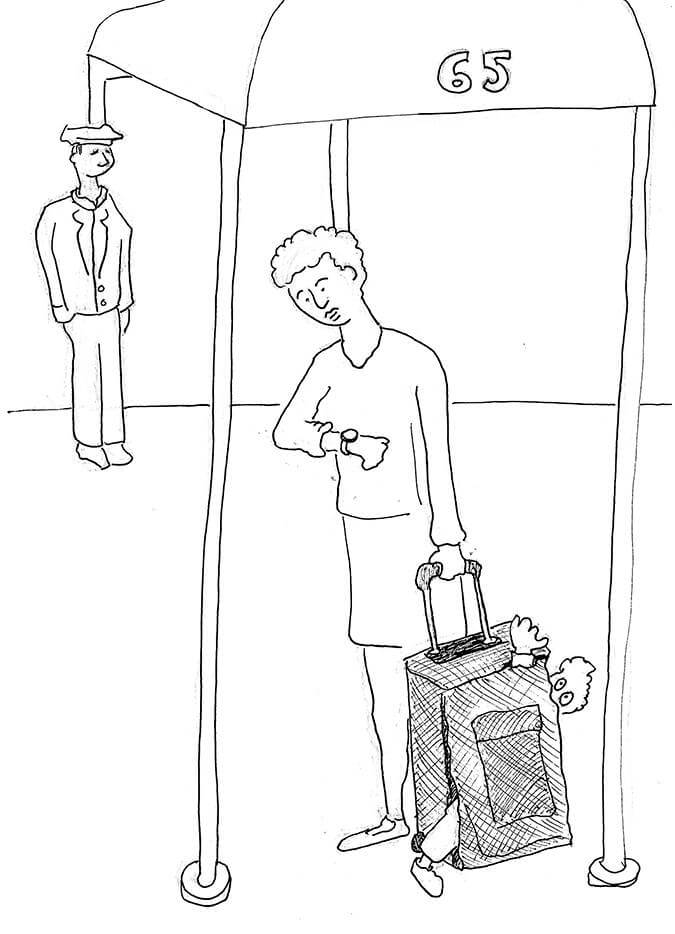
This same idea of consent is prevalent in many SDE learning communities. Children have a right to self-direct their education, and consent is a huge part of that. Many SDE learning communities have optional classes, activities, and clubs that children can choose to attend, however they are not required or chosen for them by the adults. There is a difference between a young person going to conventional school because they are required to be there by their parents, or don’t know they have any other option, and a young person making a personal choice to take a structured class as one part of their self-directed education. Without consent, formal learning is coercive, and causes so many young people to be unhappy, bored, and apathetic throughout their schooling.
As Joel Hammon says in his TEDx Talk, “I probably taught a little over a thousand kids in my career, and how many of them did I ever actually ask if they were interested to spend 180 days with me learning US History? Zero.”
As an unschooler myself, I experienced this distinction when I was sixteen. I had spent years at my local homeschool resource center taking, and assisting in, Spanish classes, and I was looking for a more challenging course than what the resource center offered. My local high school offered higher level Spanish classes, which was a free and accessible option, so I decided to sign up. Because I found the class more boring than challenging, and it often felt like a waste of my time, I ended up skipping around thirty percent of the classes. I would often wake up (much earlier than I was used to), check-in with my father — who would remind me that this was my choice and I shouldn’t go if I didn’t feel that it was worth it — and decide not to go. I made a genuine assessment on those days I didn’t go: getting more sleep, which is incredibly necessary to the health of a growing teen, was a more important use of my time.
Blake Boles talks about educational consent in his article To Fix School, Make it Consensual: “School, I realized, is a terrible place to learn consent — which is a shame, considering that consent is the cornerstone of every healthy relationship and community I’ve ever encountered.”
If they’re not our property, what are they?
In my relationship with the child I parent, we are friends, we are colleagues, we share laughter, challenges, arguments, discussions, play, and frustrations. I learn from him and he learns from me. I am a resource when he has a question for me. I am a support when he’s struggling with something and asks for help. I am a model in how I live my life; if something is important to you, your child will catch on to those values, especially if you are authentically living and representing them. I am an advocate for him when other adults think they have a right to tell him what to do (which happens disturbingly often). I am a guide when he seeks it. I am responsible for helping him assess what is a risk and what is a hazard, and how to navigate those safely.
I don’t, I believe, get to tell him what to wear, how to do his hair, what to say, or even what to think. He isn’t mine, or anyone else’s, to control, mold, or turn into what I want him to be. He is his own human being, with all of the struggles and wonder that is involved in that. He is not his parents’ property.
If you enjoyed this article and feel called to give back to ASDE, here are ways you can support our work:
- Donate money
- Share our content with others! Click one of the buttons above to easily share on Twitter, Facebook, or email.
- Consider becoming a Contributor for Tipping Points
Tipping Points Magazine amplifies the diverse voices within the Self-Directed Education movement. The views expressed in our content belong solely to the author(s). The Alliance for Self-Directed Education disclaims responsibility for any interpretation or application of the information provided. Engage in dialogue by reaching out to the author(s) directly.


